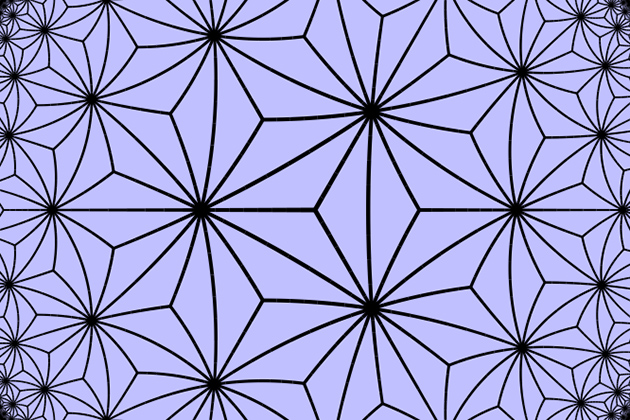
Jeremy Teitelbaum, dean of the College of Liberal Arts and Sciences, is a guest contributor to UConn Today. For his previous posts, click here.
With the presidential election, tension with Iran, and trouble in Libya and Syria dominating the news this fall, it’s understandable that Kyoto mathematician Shinichi Mochizuki’s claim to have proved the ABC conjecture (reported in the New York Times) may not be getting the attention that it deserves.
While topics of broader interest occupy dinner table conversations, among practitioners of the subfield of pure mathematics known as number theory, Mochizuki’s work is the hot topic. If his proof holds together, it’s possible that 2012 will be remembered into the distant future primarily as the year that ABC was proved.
The only problem is that Mochizuki’s work is so esoteric that it’s proving difficult for the mathematical community to check his proof.
The ABCconjecture, proposed by Joseph Oesterle and David Masser in the 1980’s, is a technical assertion about the prime divisors of three numbers, called a,b,and c, that satisfy a+b=c. It’s interesting because it implies the truth of a whole host of other difficult problems in number theory, solving all of them at once.
It might seem remarkable that we don’t already know everything there is to know about such a simple equation, but in fact there are many unanswered questions about the relationships between multiplicative and additive properties of whole numbers. Two famous unsolved problems are the twin prime conjecture, which asserts that there are infinitely many pairs of consecutive odd prime numbers (like 11 and 13, 17 and 19, 29 and 31, and so forth), and Goldbach’s conjecture, which asserts that every even number is the sum of two primes.
Unlike ABC, these two problems are more curiosities than problems of central theoretical importance.
Usually when someone settles an important conjecture, it’s because they’ve had a truly new, brilliant idea that opens up a new approach that they can outline clearly to experts in

the field. After the experts say “Aha! I see it!”, then they can sit down to check the details. This is what happened, for example, with the biggest news items from mathematics in the last 50 years, such as Falting’s proof of the Mordel lConjecture, Wiles’s proof of Fermat’s Last Theoremand Perelman’s proof of the Poincare Conjecture.
What’s so strange about Mochizuki’s work on ABC is that there don’t seem to be any experts in a position to pronounce on his work. Mochizuki, working for years on the problem independently, has introduced so many new ideas, and so much terminology, that he has moved far outside the pool of information shared by professional number theorists. He has an established reputation as a mathematician that makes it impossible to dismiss his claims, but it would be difficult for another mathematician to commit to investing substantial time — perhaps years — mastering his work in order to settle the question of its validity.
The gold standard for certification of mathematical results is peer review; but peer review rests on the assumption that the community of peers has the expertise, and the will, to address the correctness of really new work.
In the case of Mochizuki’s potential breakthrough, the mathematical community is
gradually mobilizing to come to grips with the four long preprints posted on his web page (Inter-universal Teichmuller Theory I, II, III, and IV). Slowly, a few people are stepping forward to probe the papers, trying to test their correctness. If those adventurous souls report optimistically on what they find, peer review will kick into gear.
If, on the other hand, the work proves too opaque for the first group of serious readers, or if they find mistakes early on, it will be difficult to find enough people to put in the effort needed to clarify the situation. Then the burden will shift to Mochizuki to explain what he’s done or withdraw his claims.
It might be a new world in number theory, the various consequences of ABC might be settled, and graduate students in number theory might suddenly have an entirely new domain of ideas to search through for their thesis problems. Or the proof might not hold up. Either way, it’s possible that Mochizuki has nevertheless opened up many new promising ideas for further research.
It’s too soon to tell. Stay tuned for further developments.



